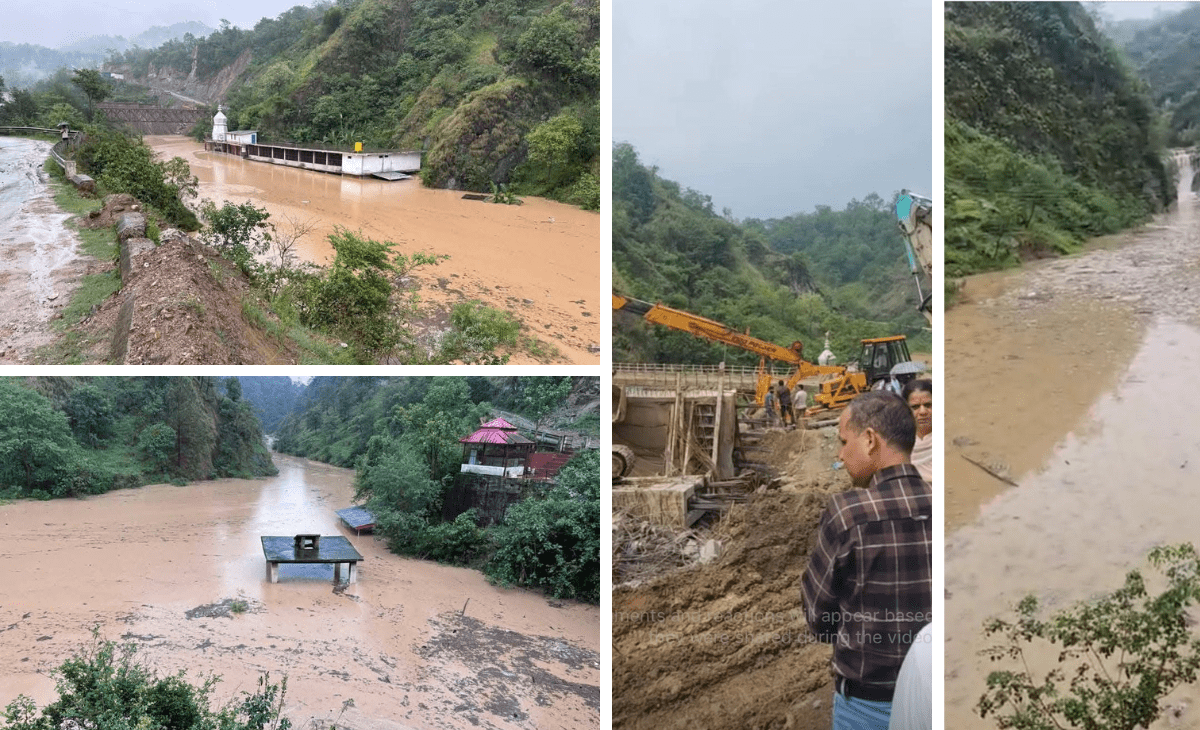TNR News Network
Shimla: Tourists heading to the breathtaking Spiti Valley will now have to pay for access to several eco-sensitive and protected areas as the Himachal Pradesh Forest Department rolls out a new fee structure aimed at conserving the fragile Himalayan ecosystem.
The move comes in compliance with directions from the Himachal Pradesh High Court, which recently expressed concern over unchecked tourism damaging the high-altitude desert’s delicate environment.
The new charges, which came into effect this week, apply to key tourist spots falling under forest and wildlife zones, including Kibber, Pin Valley and the popular high-altitude lake Chandra Taal.
Indian tourists will be required to pay Rs 150 per person per day as an entry fee, while foreign nationals will be charged Rs 500. These charges are mandatory and will be collected at checkpoints managed by forest officials.
Apart from entry, the Forest Department has also introduced daily charges for activities such as filming, photography, camping and commercial setups.
According to officials, private documentary makers will have to pay Rs 4,000 per day while government-sponsored documentaries will be charged Rs 2,500.
Commercial film crews will have to pay Rs 7,500 per day and individuals shooting personal videos will be charged Rs 500. Camping enthusiasts will have to pay between Rs 200 and Rs 500 per day for tent pitching, depending on the size and location of the setup. Moreover, locals or outsiders running roadside eateries (dhabas) within these zones must pay Rs 400 per day.
A senior forest official confirmed that the fee system had been enforced following instructions from the Himachal Pradesh High Court. “These are forest and wildlife areas that fall under eco-sensitive zones. There was no fee mechanism earlier, but it was urgently needed due to rising tourist pressure,” he said.
Spiti, known for its stark landscapes, Buddhist monasteries and trekking trails, has witnessed a sharp increase in tourist inflow over the past few years. However, the boom in tourism has come at an environmental cost — rising waste, illegal camping, vehicle congestion and damage to alpine meadows and wetlands. Environmentalists and local residents have been raising alarms about the impact of unregulated human activity on the region’s unique biodiversity.





